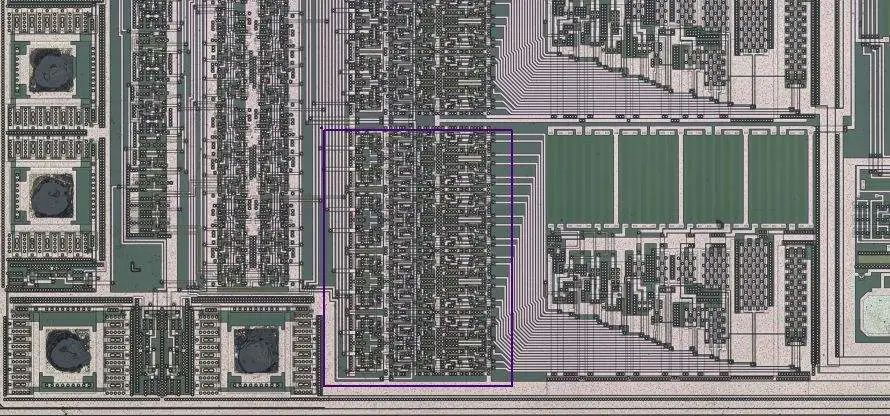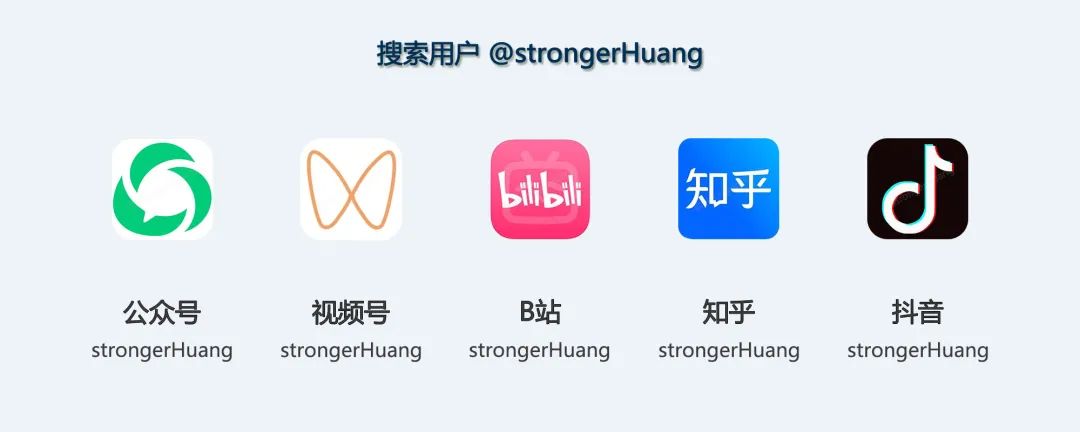Follow+Star Public Number, don’t miss the wonderful content
Source | Electronic Circuit Development Learning
Students learning microcontrollers generally encounter FPGAs.
Some readers might ask: What can FPGAs do? Are they better than microcontrollers?
To put it simply, FPGAs can perform tasks similar to microcontrollers in certain areas, and in some fields, FPGAs are far superior to microcontrollers.

Of course, FPGAs and microcontrollers each have their own characteristics and there are some differences in their applications.
Let’s discuss several common application areas of FPGAs:
1. Communication Systems
FPGAs can be said to be omnipotent in the communication field. Thanks to the internal structure of the FPGA, it can easily implement distributed algorithm structures, which is very beneficial for high-speed digital signal processing in wireless communications.
In wireless communication systems, many functional modules often require a large number of filtering operations, and these filtering functions usually involve numerous multiplication and accumulation operations. By implementing a distributed arithmetic structure using FPGAs, these multiplication and accumulation operations can be effectively realized.

In particular, Xilinx FPGAs integrate a wealth of resources suitable for the communication field, such as: baseband processing (channel cards), interface and connection functions, and RF (radio frequency cards) three categories:
-
Baseband processing resources mainly include channel coding and decoding (LDPC, Turbo, convolutional codes, and RS codes) and synchronization algorithm implementation (WCDMA system cell search, etc.).
-
Interface and connection resources mainly include high-speed communication interfaces (PCI Express, Ethernet MAC, high-speed AD/DA interfaces) for wireless base stations and the corresponding backplane protocols (OBSAI, CPRI, EMIF, LinkPort).
-
RF application resources mainly include modulation/demodulation, up/down conversion (single-channel, multi-channel DDC/DUC for WiMAX, WCDMA, TD-SCDMA, and CDMA2000 systems), peak clipping (PC-CFR), and predistortion techniques. In summary, as long as you excel in FPGA, you can definitely shine in the communication field.
2. Digital Signal Processing
In the field of digital signal processing, FPGAs are equally formidable, mainly due to their high-speed parallel processing capabilities. The greatest advantage of FPGAs is their parallel processing mechanism, which allows them to realize digital signal processing functions using a parallel architecture.
This parallel mechanism makes FPGAs particularly suitable for completing repetitive digital signal processing tasks like FIR filtering. For high-speed parallel digital signal processing tasks, the performance of FPGAs far exceeds that of general DSP processors’ serial execution architecture. Additionally, the voltage and driving capability of their interfaces are programmable and configurable, unlike traditional DSPs that are constrained by instruction sets, which limit their ability to handle high-speed signals. Signals with rates on the order of Gbps, such as LVDS, are challenging for them. Therefore, FPGAs have a wide range of applications in digital signal processing.
3. Video and Image Processing
With the changing times, people’s pursuit of image stability, clarity, brightness, and color has become increasingly high. Standard definition (SD) has gradually evolved into high definition (HD), and now people even pursue Blu-ray quality images. This has led to an increasing amount of data that needs to be processed in real time, and the image compression algorithms have also become more complex, making it impossible to rely solely on ASSP or DSP to handle such large data volumes.
At this point, the advantages of FPGAs become evident, as they can process data more efficiently. Therefore, FPGAs are increasingly popular in the image processing field when considering cost.
4. High-Speed Interface Design
Having seen the performance of FPGAs in communication and digital signal processing fields, it’s clear that FPGAs also have a place in high-speed interface design. Their high-speed processing capabilities and hundreds of I/O ports give them a unique advantage in this area.
For example, if I need to interact with a PC, sending collected data to the PC for processing, or transmitting processed results to the PC for display, the interfaces for PC communication with external systems are quite diverse, such as ISA, PCI, PCI Express, PS/2, USB, etc.
The traditional approach is to use corresponding interface chips for the respective interfaces, such as a PCI interface chip. When many interfaces are needed, multiple such chips are required, which undoubtedly complicates our hardware peripherals and increases their size, making it inconvenient. However, using FPGAs immediately showcases their advantages, as different interface logics can be implemented internally within the FPGA, eliminating the need for so many interface chips. Coupled with the use of DDR memory, this makes our interface data processing much more manageable.
5. Artificial Intelligence
If you pay attention to technology news, you must have noticed that 5G communication and artificial intelligence are everywhere. Indeed, the 21st century has unknowingly progressed to 2020, and during these 20 years, artificial intelligence has developed rapidly, and the successful research and development of 5G has given artificial intelligence a significant boost. It can be foreseen that the future will undoubtedly belong to artificial intelligence. FPGAs are widely used in the front-end parts of artificial intelligence systems, such as in autonomous driving, which requires collecting various traffic signals like driving routes, traffic lights, obstacles, and speed. This requires multiple sensors, and FPGA can be used for comprehensive driving and fusion processing of these sensors.
Moreover, some intelligent robots require image collection and processing or sound signal processing, all of which can be accomplished using FPGAs, making them very effective in front-end information processing for artificial intelligence systems.
6. IC Design
The term IC might sound particularly profound to many, as if it is something not accessible to ordinary people, and IC design is even more so a task for experts. It is undeniable that IC design has a relatively high threshold, but we need not over-mythologize it. Simply put, we can compare it to PCB design: PCB involves assembling various components on a printed circuit board to create a specific function circuit, while IC design involves using MOS transistors and PN junctions to build a specific function circuit on a silicon substrate, one at a macro level, the other at a micro level.

If a PCB design fails, it can simply be redesigned without causing too much loss. However, if an IC design fails and needs to be redesigned, the losses can be severe. As the saying goes, “When the cannon fires, it costs a fortune,” in the IC field, the cost of a lithography machine running is indeed not an exaggeration. The cost of photoresist is exorbitant, and the cost of photomask is not cheap either, along with hundreds or thousands of processes involved, including labor, material, machine losses, and maintenance, which can lead to considerable financial losses. Therefore, IC design emphasizes a successful first version.
To ensure the success of the first version of an IC, sufficient simulation testing and FPGA verification must be conducted. Simulation verification involves running simulation software on servers for testing, similar to ModelSim/VCS software; FPGA verification mainly involves porting the IC code to the FPGA, using FPGA synthesis tools for synthesis, layout, and routing to finally generate bit files, which are then downloaded to the FPGA verification board for validation. For complex ICs, we can also break them down into several functional parts for separate verification, placing each functional module on a separate FPGA. The circuits generated by the FPGA are very close to real IC chips. This greatly facilitates IC designers in validating their IC designs.
For example, high-speed data acquisition in the power industry, high-speed, large-volume analog data acquisition and transmission in the medical industry, radar, satellites, and guidance systems in the military industry, etc., are all application areas for FPGAs.
Disclaimer: This article’s materials are sourced from the internet, and copyright belongs to the original author. If there are any copyright issues with the works, please contact me for deletion.
Follow the public accountReply “Join Group” to join the technical exchange group according to the rules, reply “1024” to see more content.


Click “Read Original” to see more shares.







